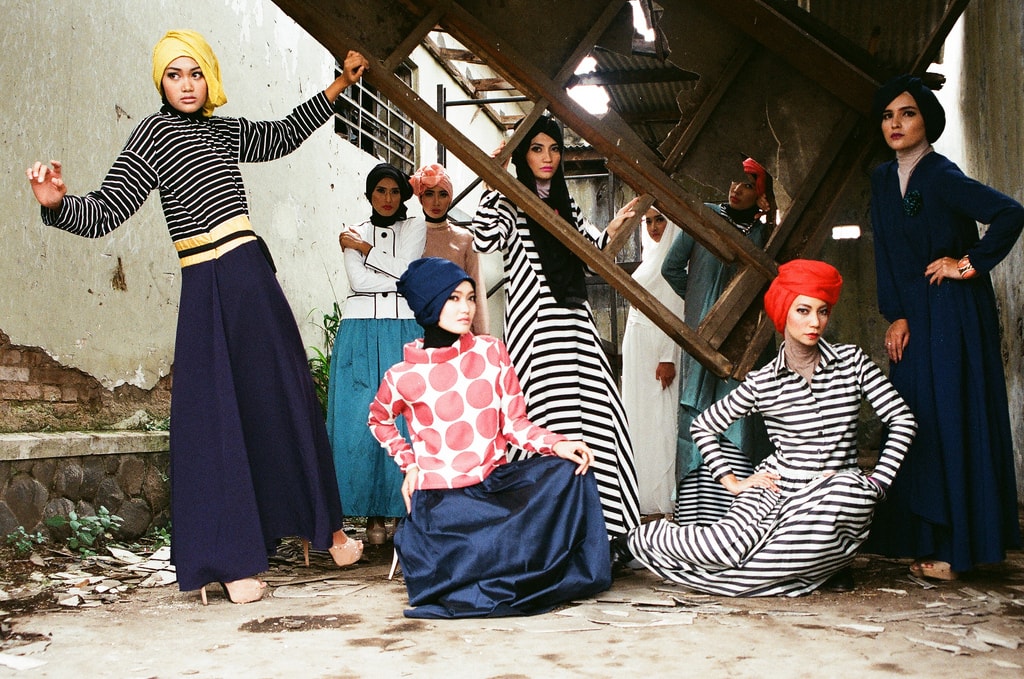Discover Standard and Modern Eastern Wear Pakistan Collections Online
Discover Standard and Modern Eastern Wear Pakistan Collections Online
Blog Article
Unlock the Keys of Timeless Eastern Wear
Exploring the enigmatic realm of classic Eastern wear looks into a world where history, culture, and virtuosity merge to produce garments that go beyond plain fabric and string. The complex tapestry of custom interwoven with modern elements supplies a glimpse into a globe where every stitch narrates, every concept a sign of importance. Introducing the keys behind these developments unveils a tapestry of heritage waiting to be untangled, inviting one to trip through the ethereal appeal and mystique of Eastern fashion.
History of Eastern Style
The history of Eastern fashion go back centuries, showing the rich social heritage and traditions of varied regions across Asia. Each area boasts its unique styles, fabrics, and layouts that have been influenced by elements like environment, faith, social status, and trade paths. eastern wear pakistan. As an example, the complex silk garments of China symbolize sophistication and class, while the lively saris of India showcase a kaleidoscope of patterns and colors.
In Japan, the kimono has been a symbol of practice and refinement for generations, with various designs worn for numerous celebrations. The background of Eastern fashion is a tapestry of development and tradition, blending old methods with contemporary influences to develop a vibrant and ever-evolving sector.
Importance of Typical Attire
Standard outfit works as a social symbol, personifying the worths, beliefs, and heritage of areas in Eastern societies. eastern wear pakistan. These garments are not just pieces of material but are symbolic depictions of the abundant history and customs gave through generations. In Eastern cultures, traditional outfit plays a substantial role in ceremonies, events, and day-to-day life, mirroring the social status, local associations, and even marriage condition of people
The relevance of standard outfit exceeds aesthetic appeals; it is a method for individuals to link with their roots and share pride in their cultural identity. Each garment, from the detailed sarees of India to the moving hanboks of Korea, brings with it a story of workmanship, importance, and symbolism that is deeply deep-rooted in the textile of culture.
Furthermore, conventional clothing acts as an aesthetic language, connecting tales of resilience, unity, and triumph. By wearing these garments, individuals not just honor their heritage but additionally contribute to the preservation and celebration of their cultural heritage.
Advancement of Eastern Embroideries
Eastern embroideries have an abundant background that spans centuries and have actually continually evolved to include varied social impacts and respond to changing artistic fads. The development of Eastern needleworks can be traced back to ancient human beings where elaborate layouts were hand-stitched onto textiles making use of traditional methods.

Today, Eastern embroideries continue to progress, mixing conventional craftsmanship with modern-day style sensibilities to create ageless items that celebrate the charm of social diversity and imaginative development.
Luxurious Fabrics in Eastern Use
Lavish textiles play a critical role in boosting the visual appeal and high quality of Eastern wear, improving the total appeal and class of typical garments. Eastern wear is renowned for its extravagant textiles that not only show the area's rich cultural heritage but additionally signify beauty and poise. Silk, a textile associated with deluxe, is often used in crafting Eastern clothing, giving a lustrous sheen and click to read more a soft, smooth texture. The fine strings of silk not only drape beautifully yet also add a touch of luxury to clothing.
In addition to silk, fabrics like velour, brocade, and chiffon are also typically included in Eastern wear. These elegant materials not just boost the visual appeal of Eastern wear but likewise make certain a sense of improvement and refinement that goes beyond time.
Incorporating Eastern Fashion Today
In contemporary style landscapes, the integration of Eastern influences offers a harmonious combination of social heritage and contemporary looks. Designers and fashion lovers alike are welcoming the abundant tapestry of Eastern fashion, incorporating typical aspects right into modern silhouettes and styles. From intricate needlework to vibrant colors and elegant materials, Eastern fashion today supplies a diverse series of options that satisfy a worldwide audience.
One method Eastern style is making its mark in contemporary closets is with the adjustment of conventional garments such as the bathrobe, saree, or qipao into everyday wear. These items, once scheduled for special events, are now reimagined in even more laid-back forms, enabling their incorporation into day-to-day fashion options. In addition, using traditional patterns and motifs in Western-style clothes includes a touch of unique style to modern-day clothing.

Verdict
Finally, discovering the rich background, importance, and advancement of Eastern fashion introduces a deep-rooted link to heritage and values. The elegant textiles and complex needleworks of Eastern wear showcase the flexibility and timelessness of typical layouts. Including Eastern influences in contemporary style enables a fusion of custom and innovation, creating an unified equilibrium in between the past and the here and now.
Glamorous fabrics play a pivotal role in boosting the visual charm and quality of Eastern wear, improving the Visit This Link total attraction and sophistication of conventional garments. Developers and fashion lovers alike are embracing the rich tapestry of Eastern fashion, including traditional aspects into modern-day shapes and designs. From intricate embroidery to dynamic colors and glamorous materials, Eastern style today uses a varied array of choices that provide to a worldwide target market.
One method Eastern fashion is making its mark in modern closets is with the adaptation of conventional garments such as the kimono, saree, or qipao into daily wear. The glamorous textiles and complex needleworks of Eastern wear display the adaptability and timelessness of traditional styles.
Report this page